Lavender is a beautiful plant. It smells great and looks lovely. People grow it in gardens and pots. But to grow lavender well, you need to know the right conditions. This article will help you understand how to grow lavender plants. We will look at the best conditions for lavender.
What is Lavender?
Lavender is a herb. It belongs to the mint family. It has purple flowers and green leaves. The flowers are small and grow in spikes. Lavender is popular for its scent. Many people use it in oils, soaps, and perfumes.
Why Grow Lavender?
Growing lavender can be fun. It has many benefits. Here are some reasons why you should grow lavender:
- It smells nice and fresh.
- It attracts bees and butterflies.
- It is easy to care for.
- It can be used in cooking.
- It looks beautiful in gardens.
Best Growing Conditions for Lavender
Lavender needs special conditions to grow well. Here are some important factors:
1. Sunlight
Lavender loves sunlight. It needs at least six hours of direct sunlight each day. Choose a spot in your garden that gets full sun. If you grow lavender indoors, place it near a sunny window.
2. Soil Type
Lavender prefers well-drained soil. It does not like to sit in wet soil. Use sandy or rocky soil for the best results. If your soil is heavy and clay-like, mix in sand or perlite. This helps with drainage.
3. Soil Ph
The pH level of the soil is important. Lavender likes slightly alkaline soil. Aim for a pH level between 6.5 and 7.5. You can test your soil with a kit from a garden store.
4. Watering
Watering is key to lavender growth. However, lavender does not need a lot of water. Water it only when the soil is dry. Overwatering can cause roots to rot. A good rule is to water once every two weeks.
5. Temperature
Lavender grows best in warm temperatures. It likes temperatures between 70°F and 85°F. In winter, it can survive colder weather. However, too much frost can harm it. If you live in a cold area, consider growing lavender in pots.
6. Spacing
When planting lavender, give each plant space. Lavender needs room to grow. Space them about 2 to 3 feet apart. This helps air circulate. Good air flow helps prevent diseases.
How to Plant Lavender
Now that you know the conditions, let’s talk about planting lavender. Here’s how to do it:
1. Choose The Right Type
There are many types of lavender. Some popular types are:
- English Lavender
- French Lavender
- Spanish Lavender
Choose the one that suits your climate best.
2. Prepare The Soil
Before planting, prepare the soil. Clear away weeds and debris. Mix in sand or perlite for drainage.
3. Plant The Seeds Or Seedlings
You can plant seeds or seedlings. If using seeds, plant them ¼ inch deep. If using seedlings, dig a hole for each plant. Place it in the hole and cover with soil. Make sure roots are covered.
4. Water After Planting
After planting, water the lavender lightly. This helps the soil settle. Do not water too much. Let the soil dry before watering again.
Care for Your Lavender Plants
After planting, it is important to care for your lavender. Here are some tips:
1. Pruning
Prune your lavender plants every year. This helps them stay healthy. Cut back about one-third of the plant. Do this in spring after the last frost.
2. Fertilizing
Lavender does not need much fertilizer. Too much can harm it. Use a low-nitrogen fertilizer once in spring. Follow the instructions on the package.
3. Pest Control
Watch for pests like aphids and spider mites. These can harm your plants. You can use insecticidal soap to help. Spray it on affected areas.
Common Problems with Lavender
Sometimes, lavender plants have problems. Here are some common issues:
1. Root Rot
This happens when the soil is too wet. Make sure your soil drains well. If you see yellow leaves, check the roots.
2. Fungal Diseases
Fungal diseases can affect lavender. Overwatering can cause this. Ensure good air flow and do not crowd plants.
3. Pest Infestation
As mentioned, pests can harm lavender. Check your plants regularly. Remove any pests you see.
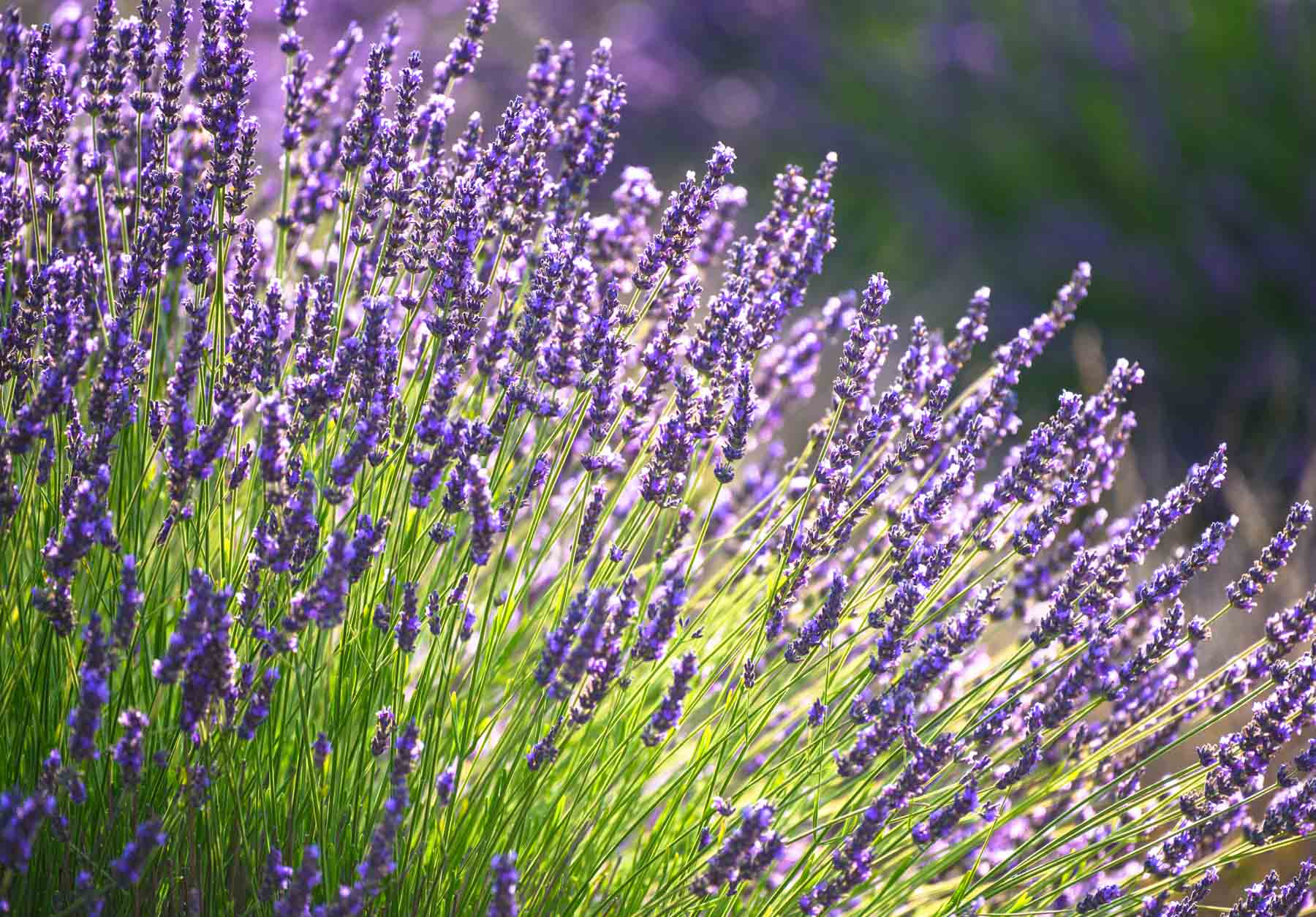
Credit: bonnieplants.com
Harvesting Lavender
Once your lavender grows, it’s time to harvest. Here’s how to do it:
1. When To Harvest
Harvest lavender when flowers are in full bloom. This is when the scent is strongest. Usually, this is in mid-summer.
2. How To Harvest
Use scissors to cut the stems. Cut just above the leaves. Collect them in a basket.
3. Drying Lavender
To dry lavender, tie the stems together. Hang them upside down in a cool, dark place. After a few weeks, the lavender will be dry.
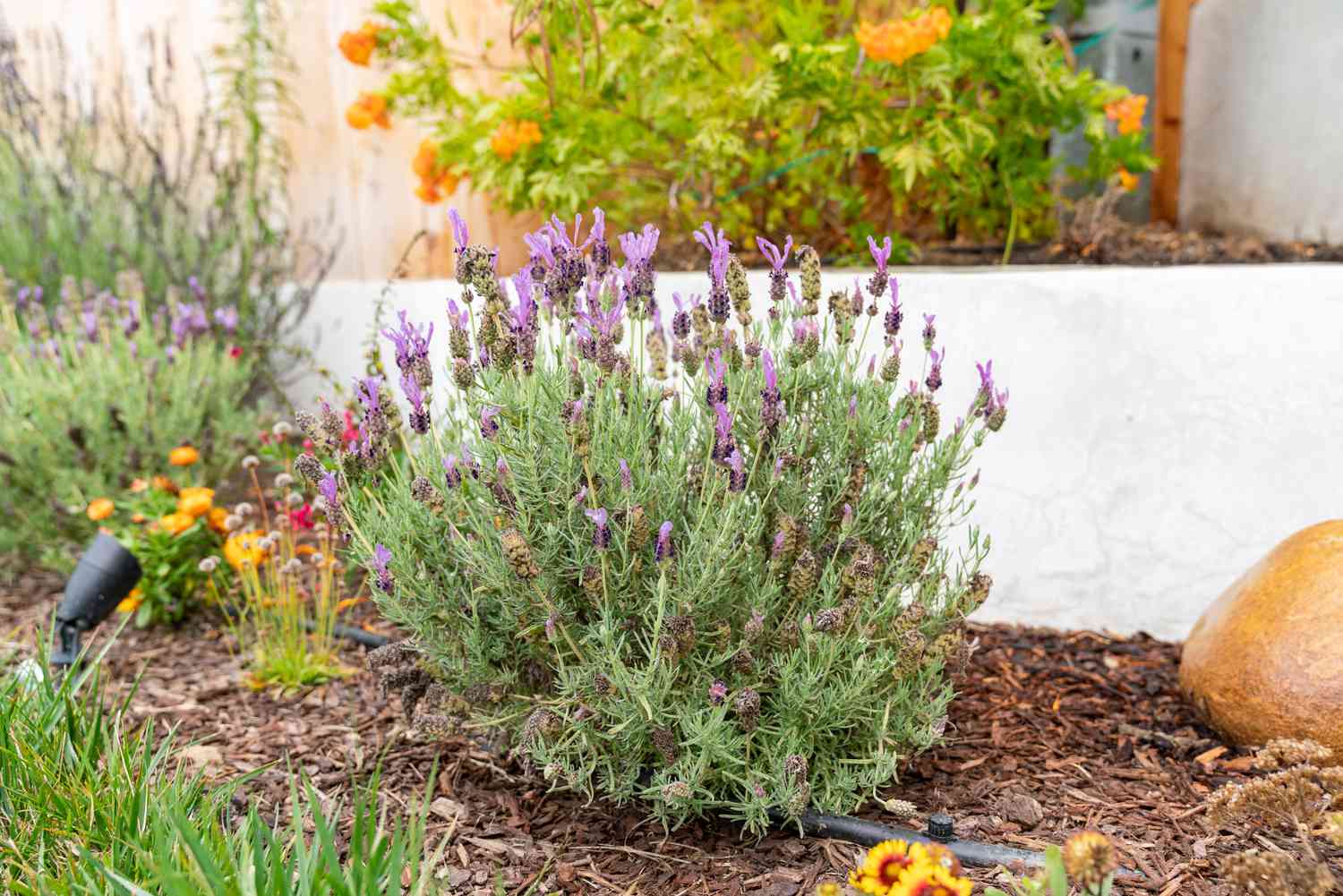
Credit: www.thespruce.com
Conclusion
Growing lavender is rewarding. You can enjoy its beauty and scent. Remember the growing conditions. Provide sunlight, good soil, and proper watering. With care, your lavender will thrive.
Now you are ready to grow lavender. Follow the tips above. Enjoy your gardening experience. Happy planting!

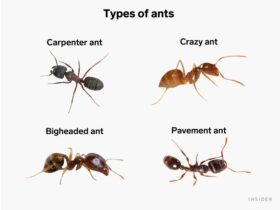
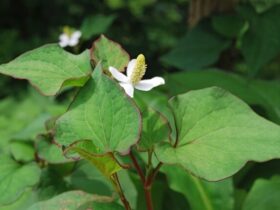
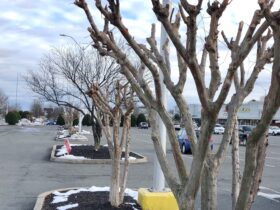

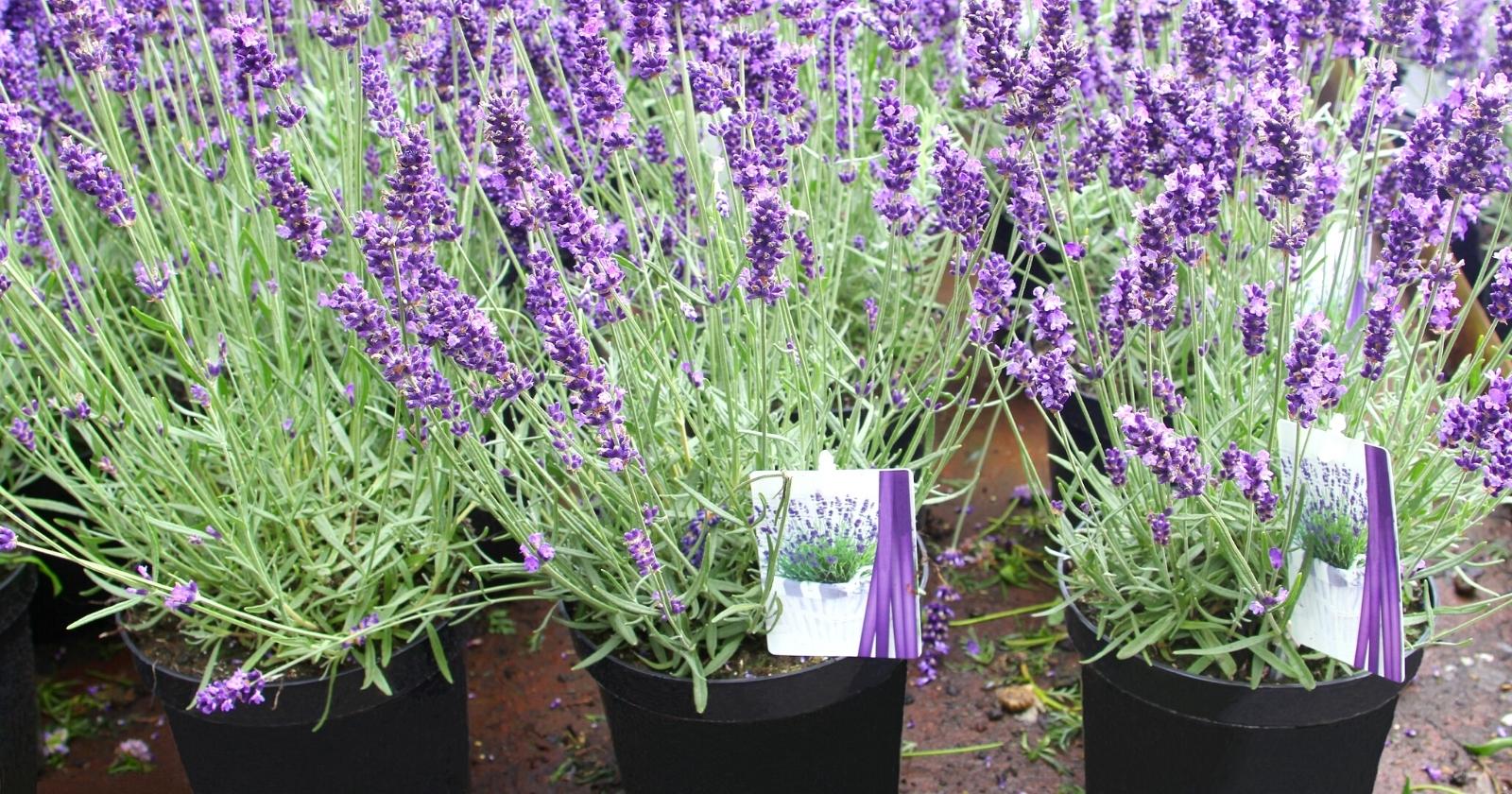
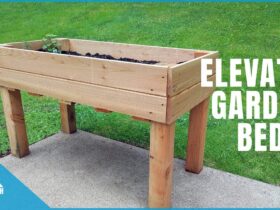


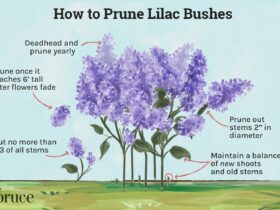
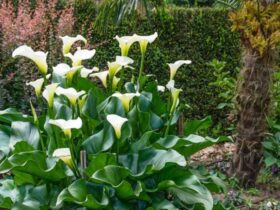
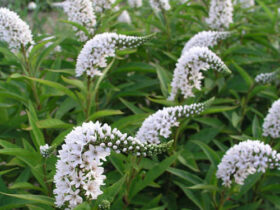
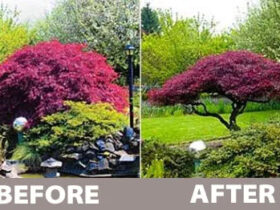

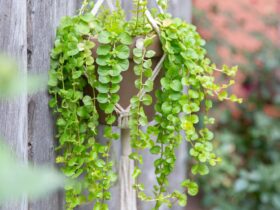
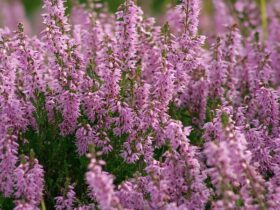
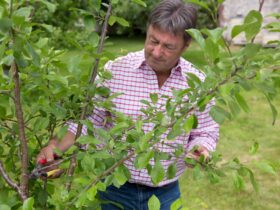
Leave a Review